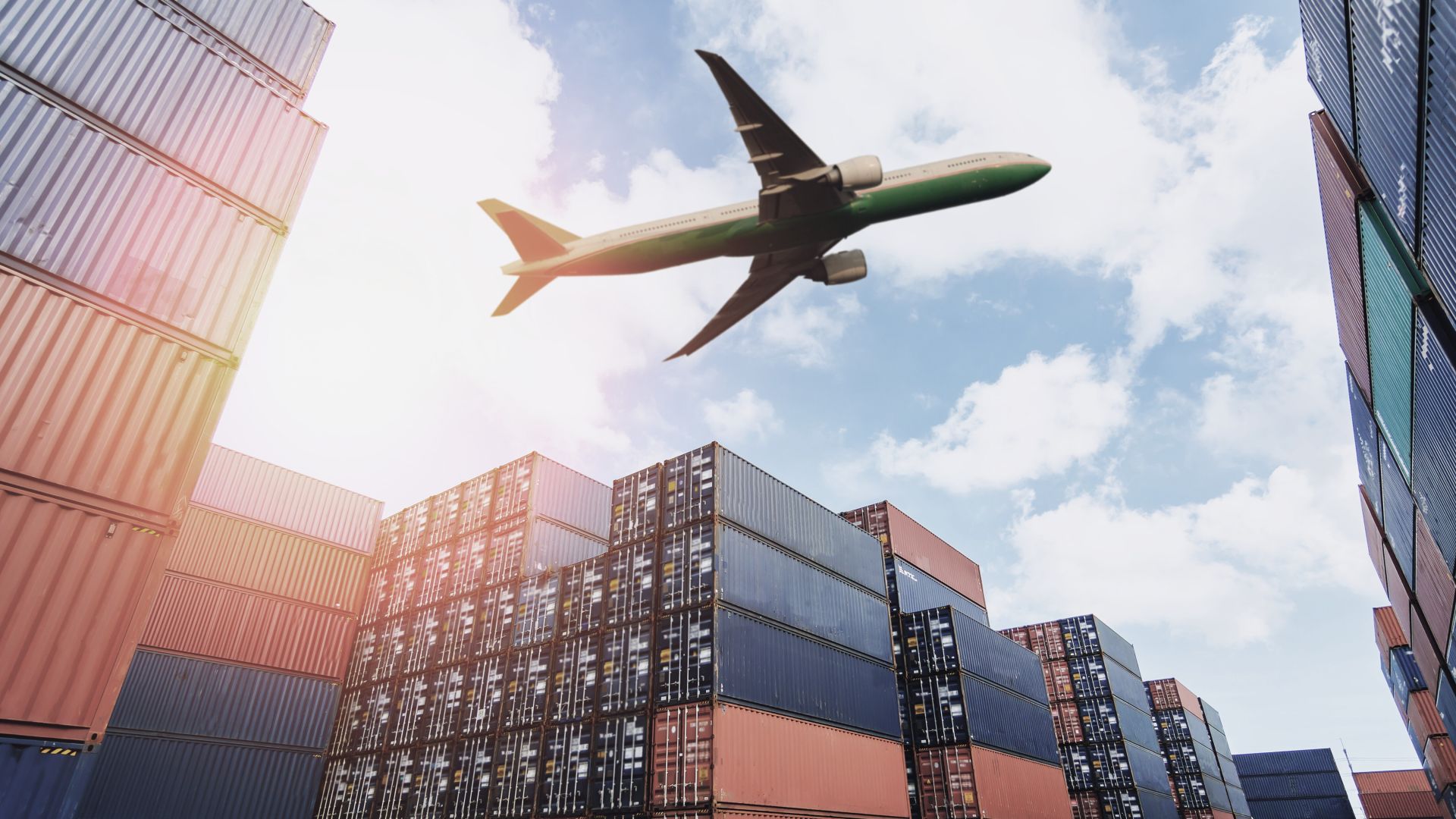
The Critical Role of Emission Calculation in Aviation for a Sustainable Future

Aviation is a vital global industry, yet it also poses significant environmental challenges due to its carbon footprint. Effectively calculating aviation emissions is essential for understanding, managing, and reducing the sector’s impact on climate change. This article explores the importance of emission calculations in air freight, drawing from key industry standards and practices outlined in the GLEC Framework, ISO 14083, and evolving use cases like "Book and Claim." Here’s why calculating these emissions matters and how it can drive transformative change.
Understanding the Frameworks for Aviation Emissions
Aviation emission calculation is guided by standards such as the ISO 14083 and IATA’s Recommended Practices (RPs), which detail beyond the Greenhouse Gas (GHG) Protocol. ISO 14083 as overarching transport emission calculation standard covers emissions across the entire transportation chain, considering all operational emissions including those linked to cargo handling in airports, terminals and warehouses. Guidelines such as the GLEC Framework are designed to provide further practical support for the implementation of various reporting mechanisms.
By adopting these standards, the aviation sector can streamline its emissions accounting, which is crucial for setting benchmarks and comparing emissions across different routes and aircraft types. The result is a transparent system that allows businesses to make informed decisions, set meaningful targets, and identify where reductions are needed most.
Granularity and Accuracy: Importance of Detailed Data
When calculating the emissions of air freight, two dimensions play a role: Firstly, the level of data quality, which can vary depending on the role in the transport chain. Airlines, for example, generally have direct access to fuel consumption data and load factors, which enable a very precise calculation. To achieve the best possible transparency, it is important to feed the data into the downstream chain in order to establish comparability and a common baseline for subsequent decarbonization measures.
Furthermore, the granularity of the data used is important, with respect to its aggregation level. This may refer to a specific route, aircraft type and/or fleet. A standardized approach is important here, as it is the appropriate level of granularity, which facilitates decisions and at the same time balances seasonal and traffic fluctuations.
Book and Claim System: A Flexible Approach to Sustainable Aviation Fuel (SAF) Use
Aviation emission calculations are also evolving with innovative approaches like the Market Based Measures system. This model enables organizations to purchase sustainable aviation fuel (SAF) even if it is not available at their operational locations. SAF purchases are then recorded and accounted for, allowing companies to claim environmental benefits from using renewable fuels indirectly. Book and Claim promotes flexibility and access to SAF, contributing to emissions reduction even where direct SAF usage is impractical. In order to create a trustworthy system, stringent accounting and reporting standards must be met, which can then be incorporated into the company's emissions reporting and target tracking.
Emission Calculation as a Basis for Science-Based Targets
To achieve internationally set climate targets, companies can follow the Science-based Target Initiative (SBTi), which has translated the targets from the Paris Climate Agreement into decarbonization pathways for companies. In logistics companies, emissions from air freight in particular account for a large proportion of their carbon footprint and are therefore a major lever for achieving set targets. To achieve this, data must be collected from the company’s service providers, also in consideration of regulatory targets. In addition, available measures, such as sustainable aviation fuel, need to be adopted and integrated into the company’s decarbonization pathways accordingly.
Conclusion
Calculating emissions in aviation is not only an exercise in accounting; it is an essential tool for achieving sustainable transformation within the sector. With standards like ISO 14083 and use case specifications for, e.g., market-based measures (“Book and Claim"), the industry is equipped to measure its impact appropriately and reduce its carbon footprint effectively. Primary data collection, adherence to standards, and adoption of innovative models pave the way for real, measurable progress toward a more sustainable future in aviation.
Ready to deepen your understanding of air freight emissions and learn how to apply these critical calculation frameworks? Enroll in our courses below:
Courses related to this subject:
Who we are
The Smart Freight Centre Academy is the education and knowledge-hub of globally recognised NGO Smart Freight Centre, a leader in freight decarbonization practices, standards and frameworks.
Copyright © 2025
SFC Academy Approval
Would you like custom training for your team or organization? Perhaps you'd like one of the standrad courses delivered only to your team or business unit? The SFC Academy is proud to offer a custom training service whereby we work with you to ensure your specific needs and learning objectives are addressed in a custom format. Please contact us for more information